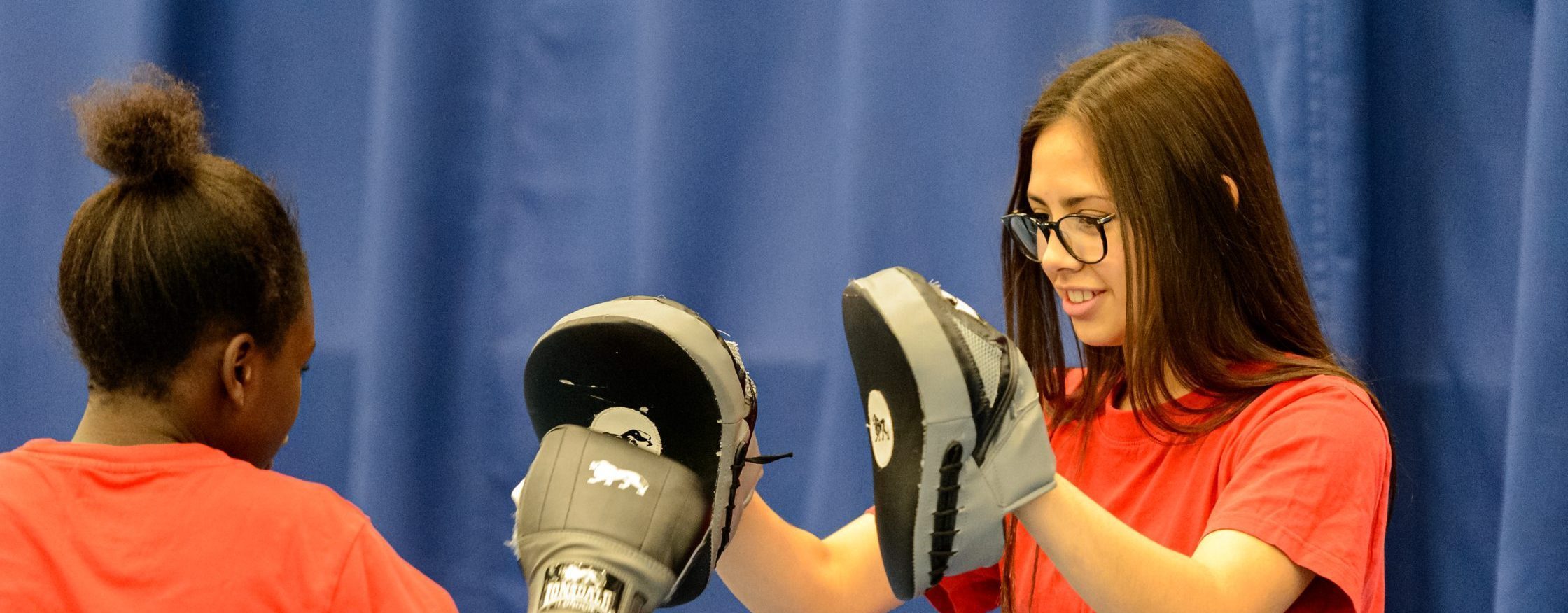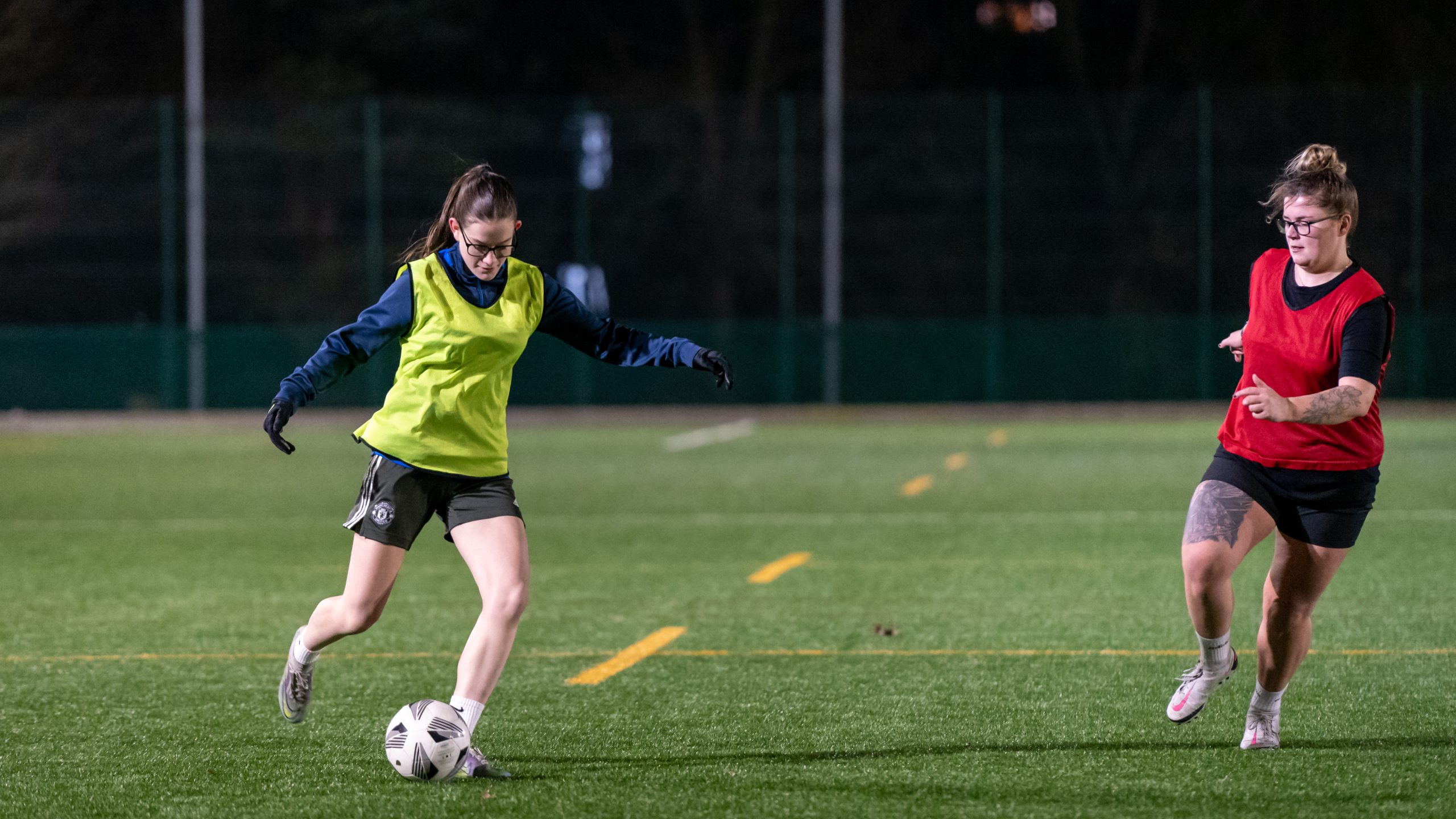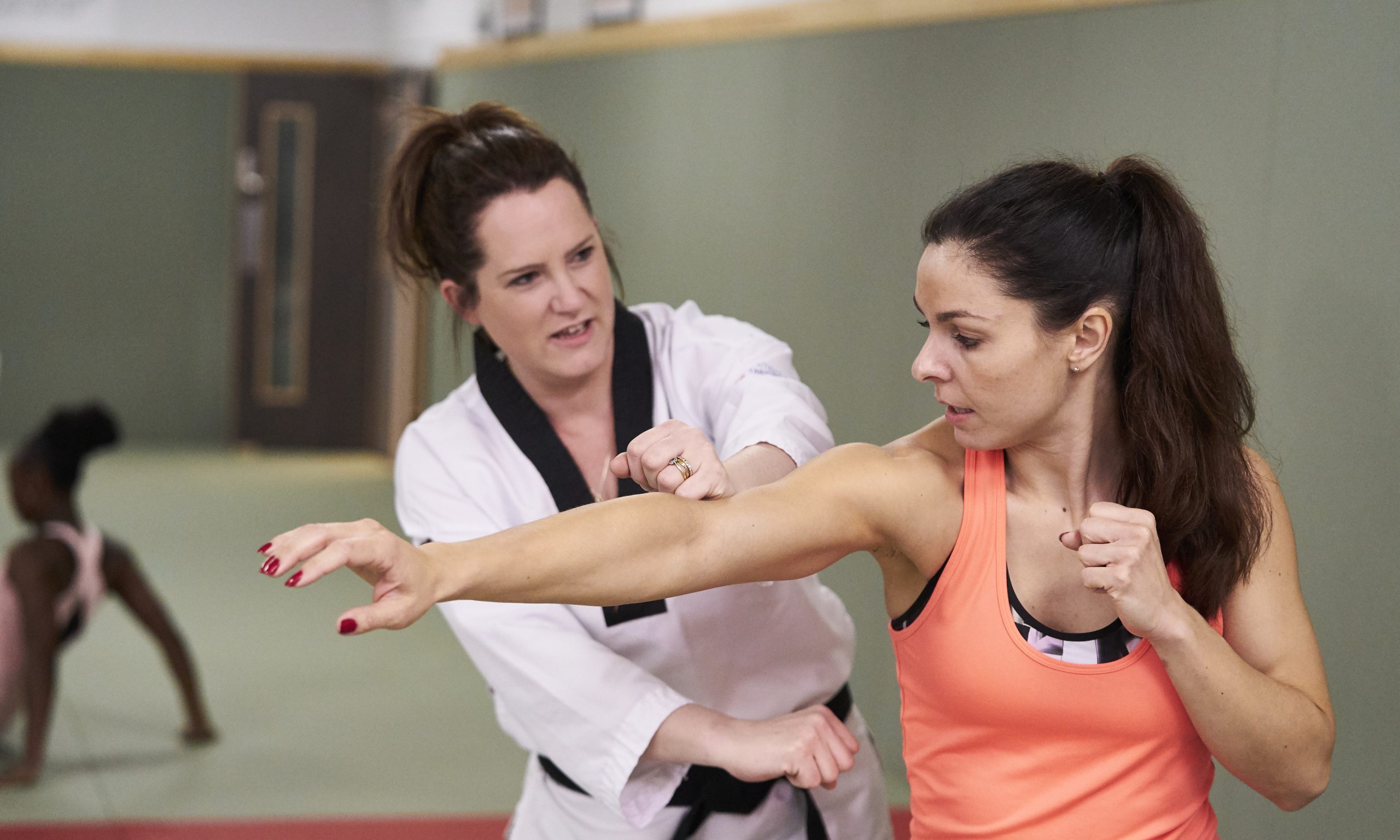
Partnerships and Consultancy
Partnerships are vital to the work we do. We work with organisations that want to help make a difference and enable more women and girls to enjoy the benefits of sport throughout their lives.

In September 2021, Women in Sport, issued a response to the Sports Councils’ extensive study into the issue of trans inclusion in sport. This high-quality report included a comprehensive review of the scientific literature by an expert sports medic. It concluded that the inclusion of trans women in female categories in most sports could not be balanced with fairness, and in some sports, safety. The Sports Councils made it clear that individual sport governing bodies would need to decide their own approach and offered some examples for alternative ways to include trans women in sport. The Sports Councils have also offered ongoing support to the sports sector.
Sport is inherently physical, so the different physiologies of the sexes matters. Whilst everyone should be able to participate in sport, the Sports Councils’ Equality Group’s International Research Literature Review states “There are significant differences between the sexes which render direct competition between males and females unfair in most ‘gender-affected sports’”. The peer-reviewed scientific literature found evidence that:
On average, compared to age-matched females at any given body weight, adult males have:
Handgrip strength is often seen as a wider indicator human muscle strength[2] and mean maximal hand-grip strength over 2,000 European young adult males and females shows:
At full growth females are an average of 5-6 inches shorter than males. NHS 2018 states average young adult heights in England as:
Males have:
The muscle strength, physiological and size differences are reflected in sporting performance with males having:
While many sports currently try to negate male physiological advantages through transgender inclusion policies based on testosterone suppression and measurement, the review found “there is currently no direct evidence that this can be achieved by suppression of hormone levels. On the contrary, there are apparent life-long physiological advantages in the adult male, only some of which can be reversed”. The review found that:
Women in Sport has welcomed the Sports Councils’ Equality Group Guidance and International Research Literature Review and has called for work to focus on finding alternative solutions for the inclusion of transgender women in sport. We have been calling on global sporting organisations and national governing bodies to map out a path which is based on science, and is fair and safe.
A number of World Governing Bodies have recently published new policies addressing the inclusion of trans women in sport. Whilst we welcome some of the decisions taken, we remain concerned that some policies continue to focus on current testosterone levels and at the wider implications of introducing age-limits as low as 12 years old by which individuals would have to transition. The recent decisions of World Governing Bodies will undoubtedly have an impact on elite sport in the UK, but ultimately the decisions in domestic sport lie with National Governing Bodies.
Where we can Women in Sport has been working with National Governing Bodies to support them and we are sharing our guidance about the approach we believe they should be taking. We hope that anyone implementing the guidance ensures science is at the heart of decisions, recognises there is a genuine conflict between safety and fairness and trans inclusion in most women’s sport; and listens to the voices of the people actually affected – namely natal and trans women. This issue demands courageous leadership if the integrity of women’s sport is to be safeguarded and women and girls are to have the chance after so many decades of exclusion to take part on a level playing field.
Women who play sport must be able to compete in a fair and safe sporting environment. Transgender people must be able to compete in sport too. We must recognise that categories, including the female category, exist to ensure everyone can compete, to ensure inclusion. So the focus of effort should in our view be on providing for transgender competition in a way that does not deprive natal women of the chance to take part in fair and safe sport. Sport is much-prized by individuals and by society for good reason, and our vision is that no-one should be excluded from the joy, fulfilment and lifelong benefits it provides.
[1] Janssen et al 2000, Handelsman et al 2018
[2] Bohannon et al 2019
[3] Leyk et al, 2007
[4] F Bellemare, A Jeanneret & J Couture, 2002
[5] World Record Snatch; 85kg Male – 187kg lift; 69kg Female – 123kg lift

Partnerships are vital to the work we do. We work with organisations that want to help make a difference and enable more women and girls to enjoy the benefits of sport throughout their lives.

We’re proud of the work we do and we’re proud of the partners we work with, see a selection of case studies featuring recent work and partnerships here.